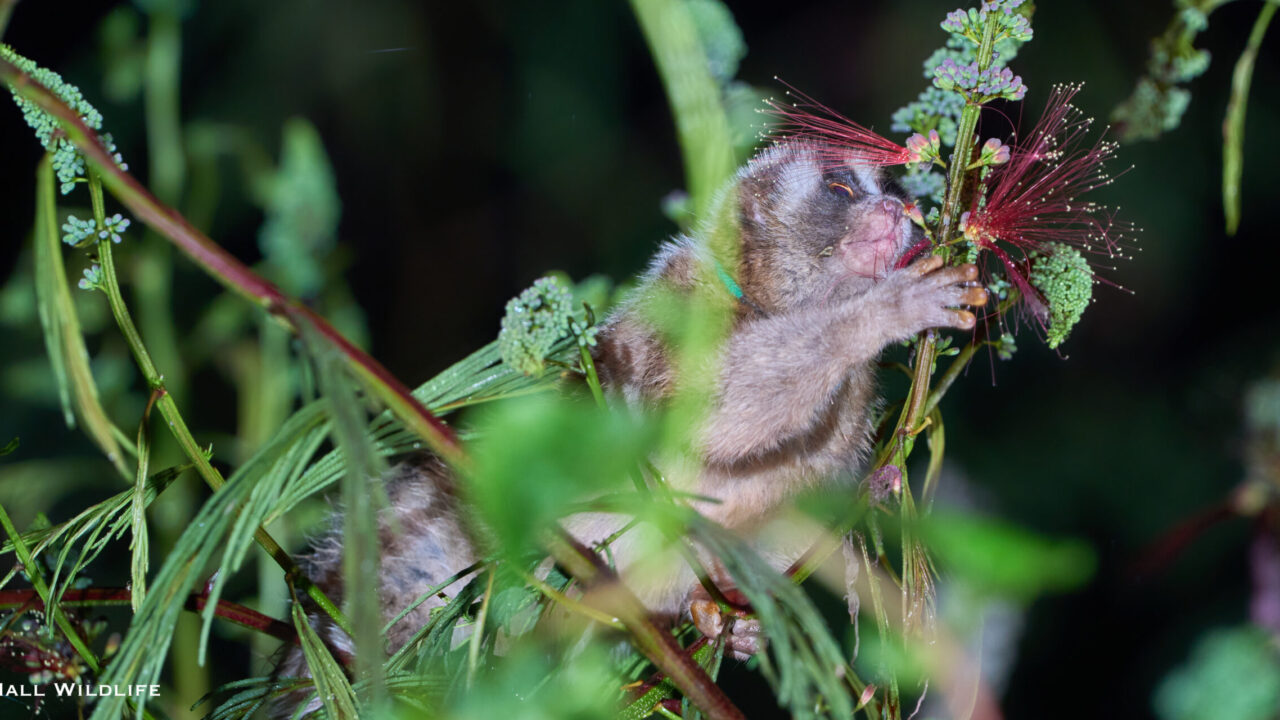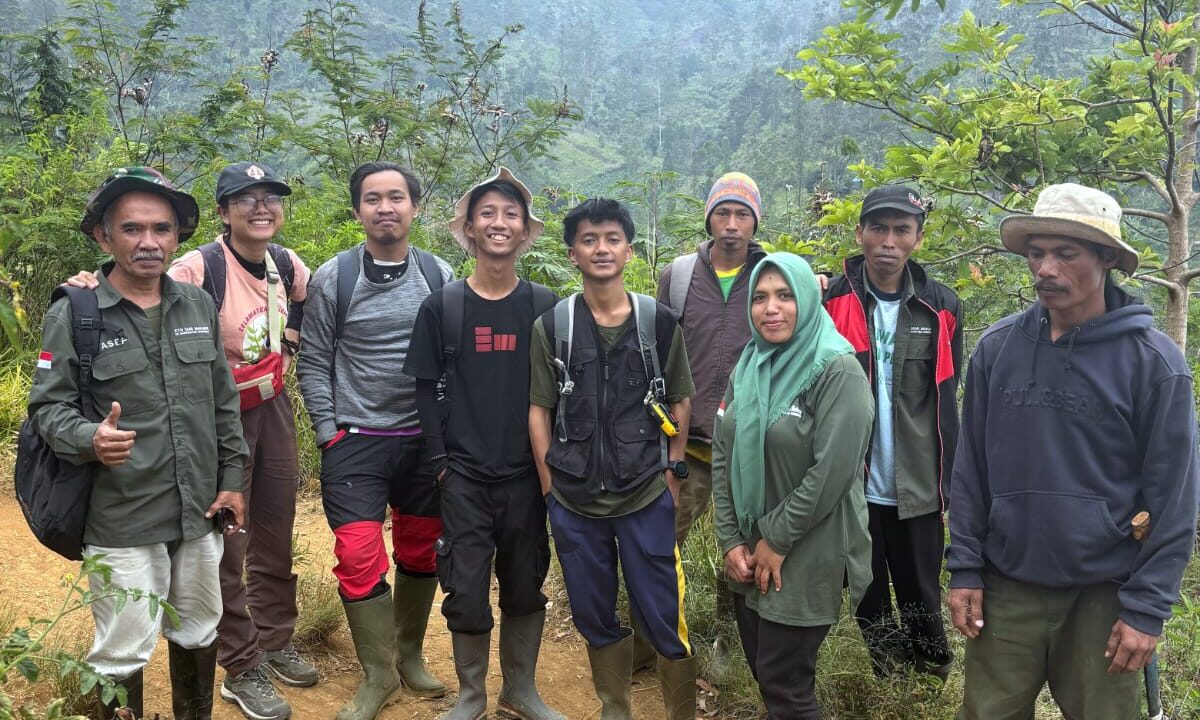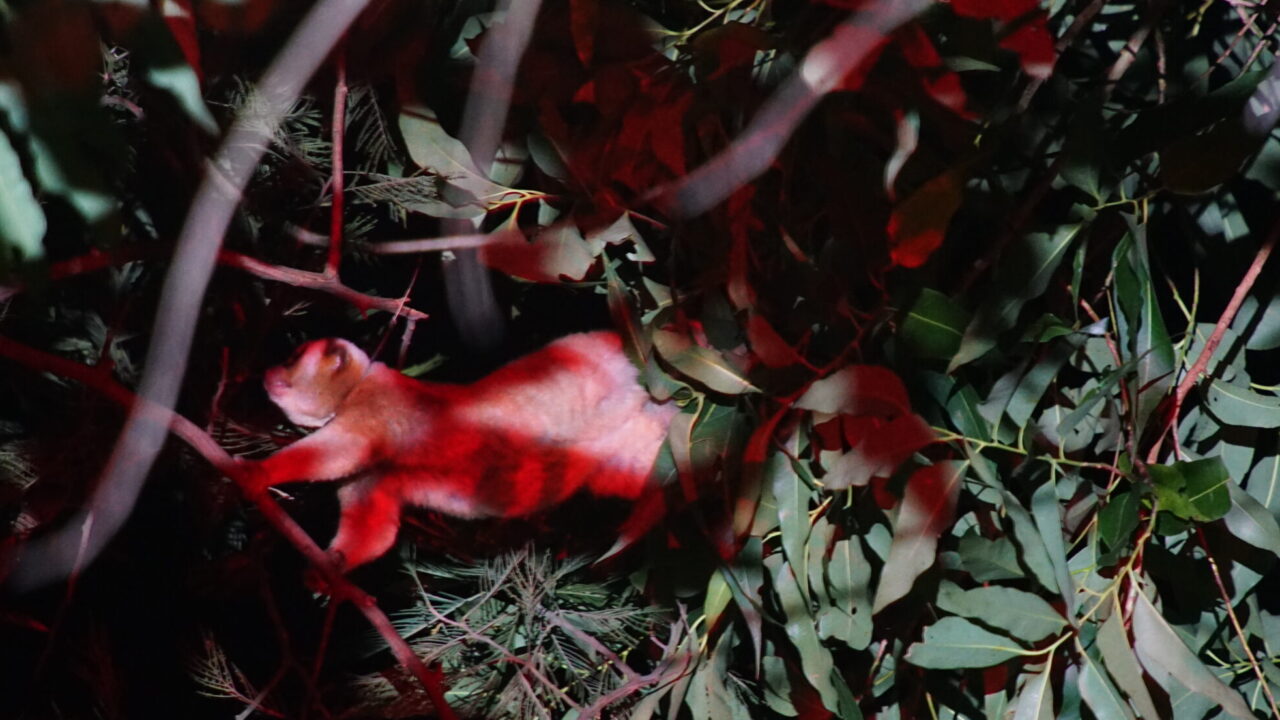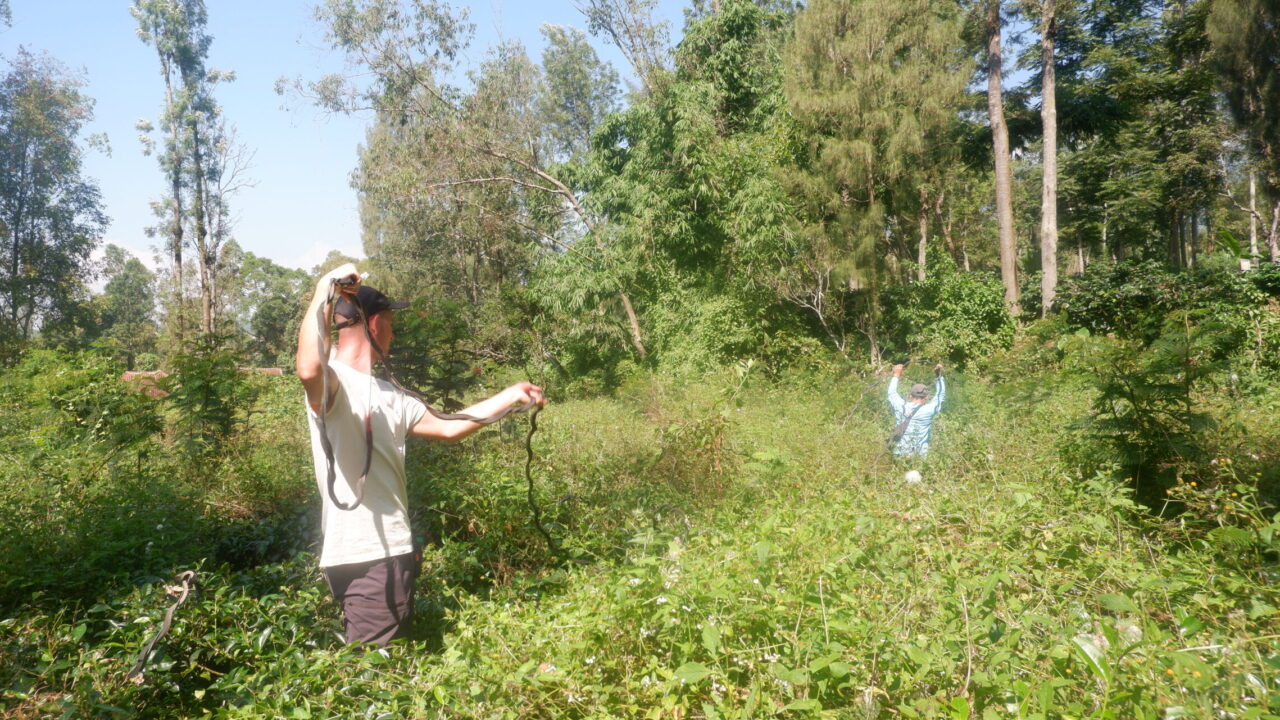Welcome to Little Fireface Project
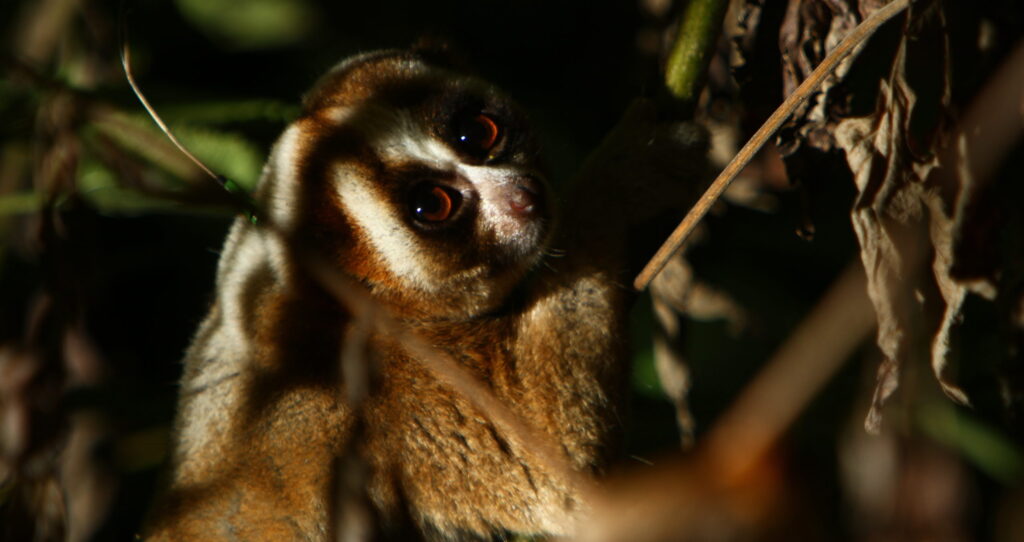
Welcome to the Little Fireface Project, led by world-renowned loris expert Professor Anna Nekaris OBE. As the longest-running loris conservation initiative, our mission is to deepen understanding of all loris species and foster conservation through education and community engagement. Currently, we focus on the Critically Endangered Javan slow loris (Nycticebus javanicus), with our Java research station studying a wild population since 2012. Alongside this, we conduct country-wide surveys in forests and wildlife markets, documenting other elusive nocturnal species such as colugos, pangolins, civets, small cats, mustelids, and owls.
Our goal is to gather essential data to aid in the conservation of lorises both in the wild and captivity, supporting rescue centers with reintroductions and improving the welfare of slow loris pets in regions where their ownership remains legal. We also harness the power of social media to raise global awareness of the slow loris trade and its devastating impact, working to mitigate this threat through public education and outreach.
Here you can find information on all of our research, publications, and media exposure. You can also explore ways that you can help save the loris through donations, activism and internships with us. We hope you’re as inspired as we are by these amazing creatures!
Primates in Peril: The World’s 25 Most Endangered Primates 2023 – 2025
The Northern pygmy loris (Xanthonycticebus intermedius), only recently recognised as a distinct species, is now listed among the world’s 25 most endangered primates. Native to parts of Vietnam, Laos, and southern China, it is one of two pygmy loris species recently separated from what was previously known as Nycticebus pygmaeus. Despite their popularity in zoos and notoriety in illegal social media content, these small, nocturnal, venomous primates face alarming threats, particularly from the wildlife trade and habitat loss. Often sold as pets or used in tourist photo ops, they are also targeted for traditional medicine. Very little is known about their wild behaviour, although recent research has revealed their large ranges, specialised diets, ability to enter torpor, and the dangerous nature of their venom. Conservation efforts are ongoing, with rescue and outreach initiatives in Vietnam and China, but wild populations are continuing to decline. Urgent action is needed to protect this unique and charismatic species before it disappears entirely.

